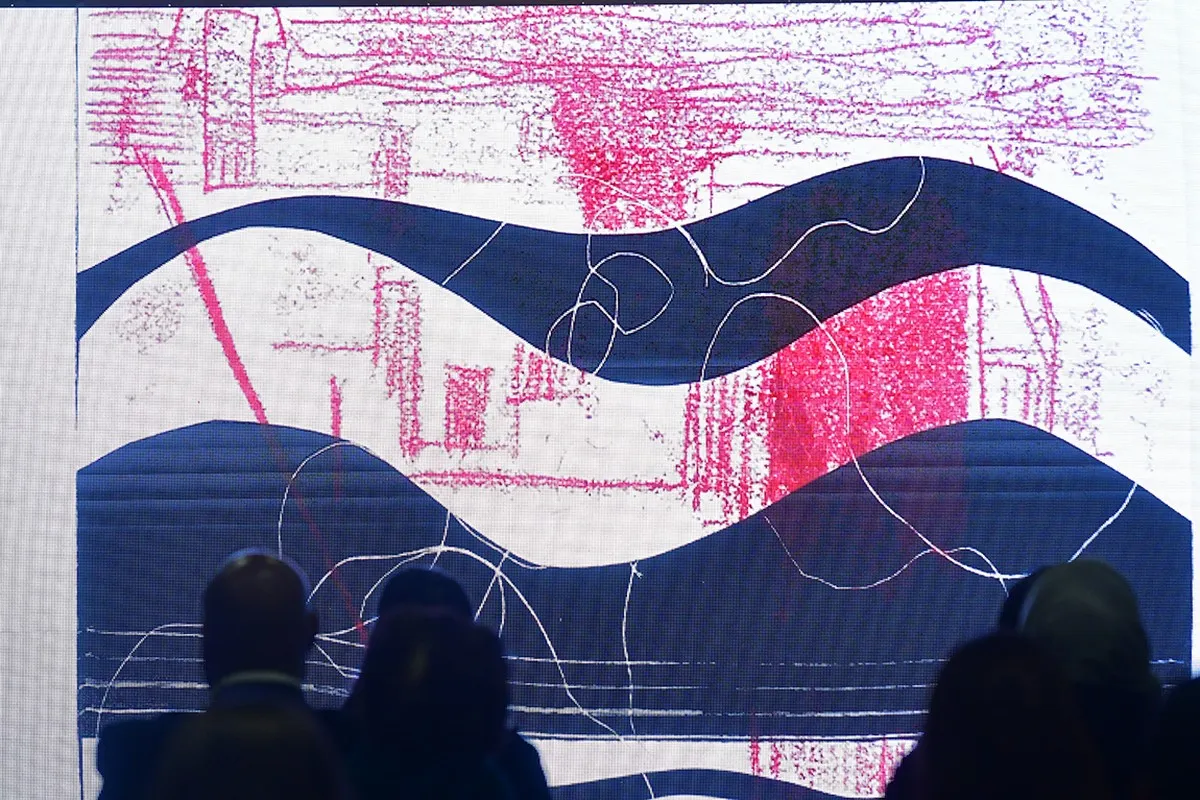06/01/2025
06/01/2025

KUWAIT CITY, Jan 6: The National Council for Culture, Arts, and Letters (NCCAL) inaugurated the second edition of the Creative Printing Conference on Sunday, under the title "Oasis." The conference, which will run until January 18, includes interactive workshops, lectures, meetings, and an art exhibition featuring innovative works that showcase the diversity of printing methods.
Five lecturers from the Gulf States and three from the United States are scheduled to deliver talks during the event, which is expected to be attended by more than 150 specialists.
In a speech delivered during the opening ceremony at the Museum of Modern Art, NCCAL Secretary General Dr. Mohammad Al-Jassar stated that the conference aims to introduce young people to the creative printing process. He emphasized that while printing is an ancient technique, its use as a form of art is a more modern development, particularly in the Gulf States.
Dr. Al-Jassar also praised the collaboration between the National Council for Culture and Arts and civil society institutions in Kuwait, which helped organize the event. He highlighted that such events play a vital role in fostering the skills of young people and supporting the creative economy.
Dr. Jawaher Al-Badr, the founder and organizer of the conference, also gave a speech, explaining that the theme of this year's edition, "Oasis," symbolizes art as a source of renewal and comfort, blending both authenticity and innovation. She noted that the theme also reminds us of the significance of contemplating historical artifacts, such as the Dilmun seals, which feature inscriptions that reflect the greatness of ancient civilizations.
Dr. Al-Badr explained that the Dilmun seals from the Dilmun civilization, which thrived between 2000 and 1500 BC, are not mere artifacts but rather symbols of human creativity. She emphasized that each inscription and shape on these seals offers a new perspective on the world and reflects the daily life, rituals, and beliefs of the time. She further stated that the inspiration drawn from these artistic treasures is not just a form of respect for the past but also an invitation to use them in shaping the future of art and culture. "Creativity draws its strength from its roots, transcending the boundaries of time to create something new and distinctive," she said.
Dr. Al-Badr also expressed her appreciation for the efforts of everyone involved in the conference, particularly Sarah Khalaf, who coordinated the event, and the support from the National Council for Culture, Arts, and Letters and the Sheikh Abdullah Al-Salem Cultural Center.
Artist Thuraya Al-Baqsami, a specialist in engraving and creative printing, shared her personal journey in a speech at the event. She explained that she had long dreamed of having printing studios in Kuwait similar to those she trained in while in London. She credited Dr. Jawaher Al-Badr's initiative to organize the first professional workshop in this art form with giving her the hope that this dream could become a reality.
Al-Baqsami highlighted the importance of promoting this type of art, which holds significant global value. She noted that printmaking is an accessible art form that can easily be transferred and spread, and it is known for its creative diversity and ability to stimulate innovation. Additionally, she pointed out that finished works are often available for purchase at affordable prices.
Dr. Hassan Ashkanani, a Professor of Archaeology and Anthropology at Kuwait University, also delivered a lecture during the conference. He discussed the Dilmun seals discovered in Kuwait and their connection to the art of printing. Dr. Ashkanani explained that the elements depicted on the seals represent the Dilmun civilization, which existed between 2000 and 1500 BC in Kuwait. He further noted that the engraving methods used for the seals and the artistic scenes they portray are linked to the art of printing and engraving.
Dr. Ashkanani concluded by highlighting that printing is one of the oldest arts discovered in Kuwait, citing the discovery of more than 900 Dilmun seals in the region.


